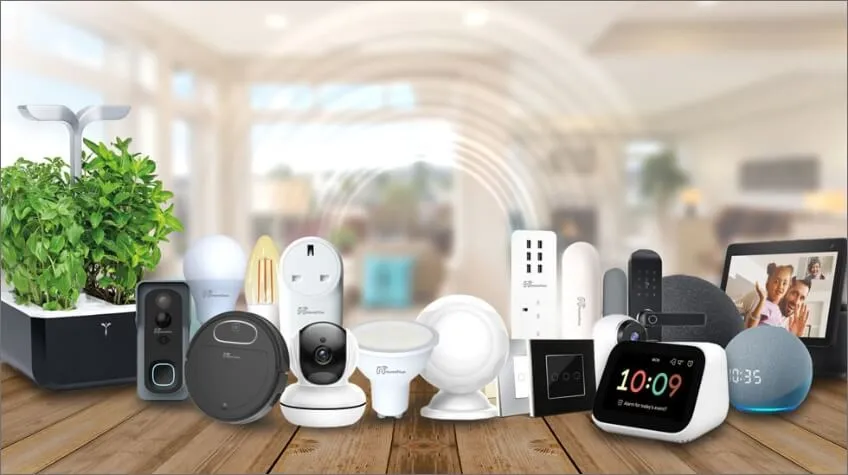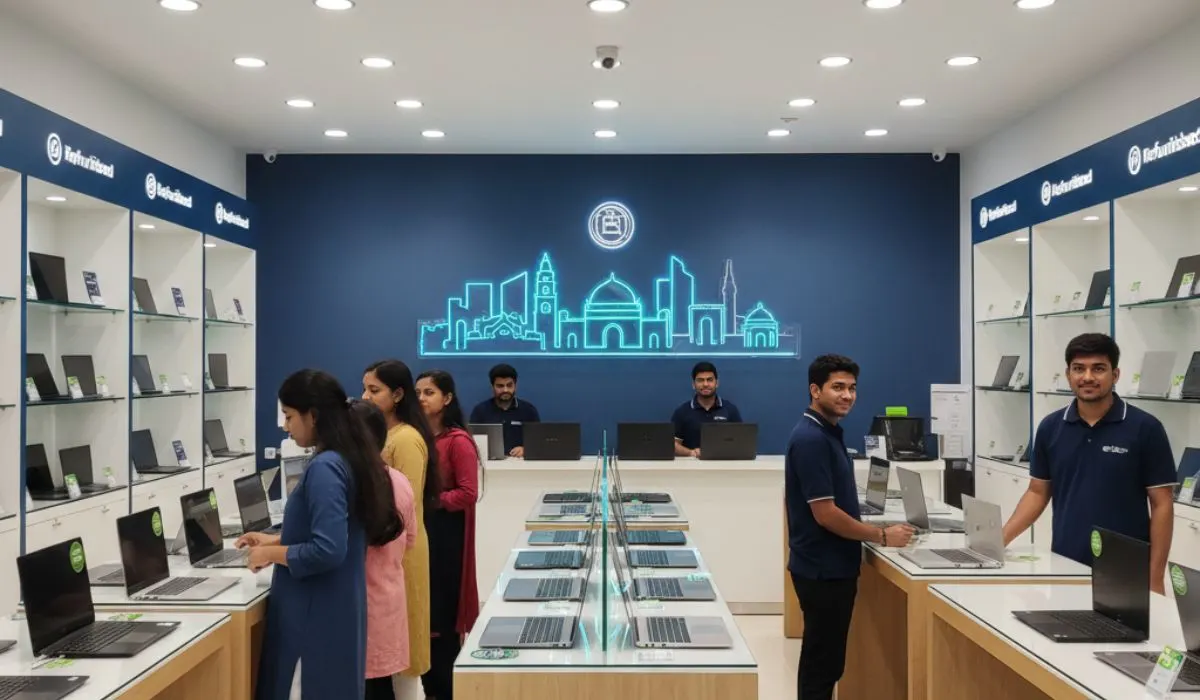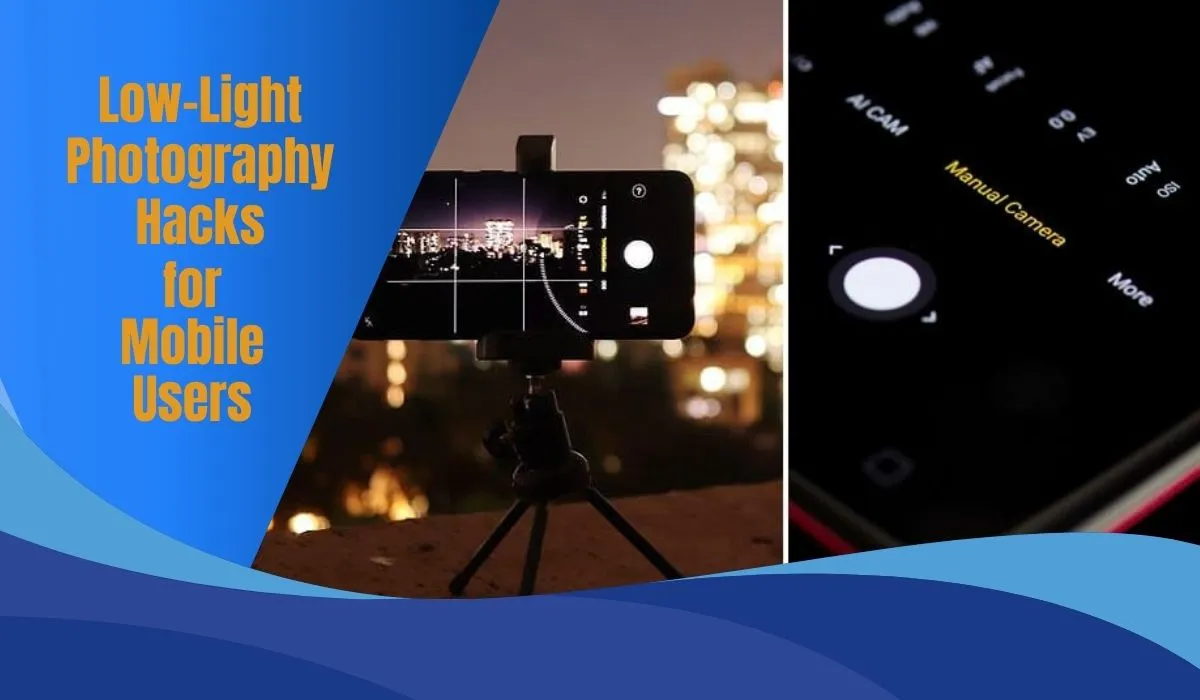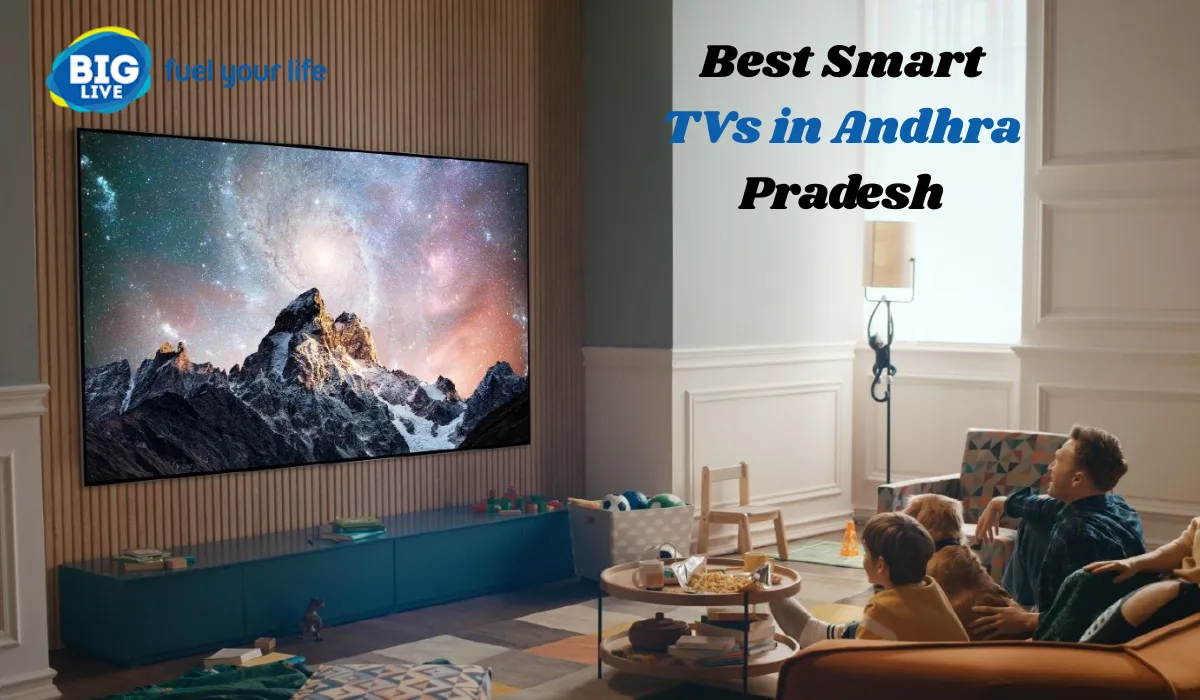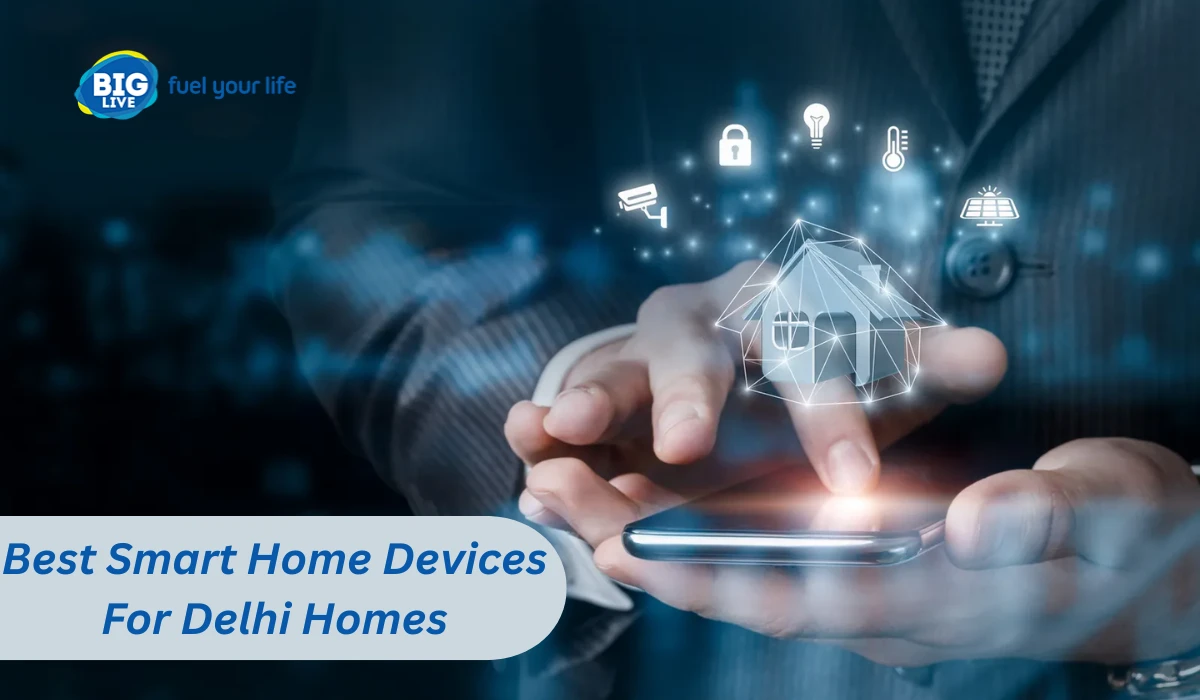I still remember the day I walked into my first smart home. The lights turned on by themselves when I entered the room. The thermostat knew exactly what temperature I liked. It felt like magic! But here's the thing - I was completely lost at first. There were so many gadgets and apps. I didn't know where to start. Sound familiar? After three years of testing dozens of devices, I've learned what really works for beginners. Today, I'm sharing everything I wish someone had told me when I started my smart home journey.
Why I Fell in Love With Smart Home Technology
My smart home adventure began with a simple problem. I kept forgetting to turn off lights when leaving home. My electricity bill was getting crazy high! A friend suggested I try a smart light bulb. Within minutes of screwing it in, I could control it from my phone. That single bulb changed everything for me. Now my home does so much more. It saves me money on energy bills. It keeps my family safer. And honestly, it just makes life easier. The best smart home system doesn't have to be complicated. You can start small and grow from there. That's exactly what I did, and it worked perfectly.
What Makes a Smart Home Device Perfect for Beginners
Not all smart devices are created equal. Some are way too complicated for first-timers. Others break down after a few months. Here's what I look for in beginner-friendly devices Easy setup is number one. If I need an engineering degree to install it, it's not worth it. The best devices work right out of the box. Clear instructions matter too. I've thrown away gadgets because their manuals were impossible to understand. Reliable performance is crucial. Nothing's worse than a device that stops working randomly. I only recommend products I've tested for months. Good app design makes all the difference. Some apps are so confusing that I gave up using the devices entirely.
My Top Smart Home Devices Every Beginner Should Consider
After testing hundreds of products, these are the ones I recommend to everyone starting out.
Best Smart Home Devices For Beginners: Smart Light Bulbs
Smart bulbs were my gateway into home automation. They're cheap, easy to install, and work great. I love how I can dim them from my couch. Movie night just got so much better! Plus, I can change colors to match my mood. The energy savings surprised me most. LED smart bulbs use way less electricity than old bulbs. My monthly bill dropped by $20 after switching just five bulbs. Installation takes about 30 seconds. Unscrew the old bulb, screw in the new one, and download the app. That's it! Popular brands like Philips Hue and LIFX make excellent beginner bulbs. They connect to most smart home systems easily.
Smart Plugs: The Easiest Way to Start
Smart plugs turned my regular appliances into smart ones. I plug my coffee maker into one, and now it starts brewing before I wake up. These little devices cost less than $15 each. They're probably the cheapest way to test smart home technology. I use them for lamps, fans, and even my Christmas tree lights. The timer feature is incredibly handy for saving energy. Setting them up is super simple. Plug it into the wall, connect to WiFi, and you're done. Even my grandma figured it out!
Smart Speakers: Your Voice-Controlled Assistant
My Amazon Echo changed how I interact with my home. I can control lights, play music, and get weather updates just by talking. Google smart home devices work amazingly well with Google Assistant speakers. They understand natural language better than I expected. I started with one speaker in my living room. Now I have them in every major room. They're like having a personal assistant everywhere. The best part? They keep getting smarter through updates. New features appear regularly without buying new hardware.
Smart Thermostats: Comfort and Savings Combined
My smart thermostat paid for itself in six months through energy savings. It learns my schedule and adjusts temperature automatically. Summer used to be expensive with constant air conditioning. Now the thermostat pre-cools my house when electricity rates are lowest. Installation scared me at first. But most models come with step-by-step video guides. I installed mine in about an hour. The mobile app lets me adjust temperature from anywhere. I can cool down my house before arriving home from work.
Smart Doorbells: Security Made Simple
A smart doorbell was my first security device. Now I can see who's at my door even when I'm not home. The motion detection alerts me when packages arrive. No more stolen deliveries! I can even talk to delivery drivers through the app. Night vision works surprisingly well. I can clearly see visitors even in complete darkness. Installation varies by model. Some need existing doorbell wiring, others run on batteries. Choose based on your home's setup.
Smart Locks: Keyless Entry That Actually Works
I was skeptical about smart locks until I tried one. Now I'll never go back to regular keys. No more fumbling for keys in the dark. The lock recognizes my phone and opens automatically when I approach. I can give temporary access codes to visitors. When my sister watches my dog, I just send her a code that expires when she leaves. Battery life impressed me most. My lock runs for months on a single charge. Low battery warnings give plenty of time to replace them.
Best Smart Home Devices For Beginners: Building Your First System
Starting your smart home journey doesn't require buying everything at once. I learned this the hard way after spending too much money initially.
Choose Your Hub Wisely
Every smart home needs a central hub. This device connects all your smart gadgets together. Amazon Echo and Google Nest speakers work great as hubs. They're affordable and support thousands of devices. For more advanced users, hubs like SmartThings offer more control. But beginners should stick with voice assistants at first. I recommend starting with one ecosystem and expanding from there. Mixing different systems can get confusing quickly.
Start Small and Grow
My biggest mistake was buying too many devices at once. I couldn't figure out how to use them all properly. Instead, buy one or two devices first. Learn how they work before adding more. This approach saves money and reduces frustration. Pick devices that solve real problems in your life. Don't buy gadgets just because they're cool.
Plan Your Network
Smart devices need strong WiFi to work properly. Weak signals cause devices to disconnect randomly. I upgraded my router after my smart home grew. The difference was night and day. Everything became more reliable. Consider a mesh network system if your house is large. These systems blanket your entire home with strong WiFi signals.
Top 10 Smart Home Devices I Actually Use Daily
After years of testing, these are the devices I use every single day:
- Smart Light Bulbs - Control lighting from anywhere
- Smart Plugs - Turn any appliance into a smart device
- Smart Speaker - Voice control for everything
- Smart Thermostat - Automatic temperature control
- Smart Doorbell - See who's at the door remotely
- Smart Lock - Keyless entry that's actually secure
- Smart Security Camera - Indoor monitoring for peace of mind
- Smart Smoke Detector - Get alerts even when away
- Smart Garage Door Opener - Never wonder if you closed it again
- Smart Water Leak Detector - Prevent costly water damage
Each device serves a specific purpose in my daily routine. They're not just gadgets - they're tools that make life better.
Common Mistakes I Made (So You Don't Have To)
Learning from my mistakes will save you time and money. Here are the biggest ones I made:
Buying Incompatible Devices
I bought devices that didn't work together. Some used different protocols that couldn't communicate. Now I always check compatibility before buying anything new. Stick with major brands that support common standards.
Ignoring Internet Requirements
Smart devices need internet to work. When my WiFi went down, nothing worked. I felt pretty silly about that! Consider how devices will work during internet outages. Some have local backup features for basic functions.
Overlooking Security Settings
I didn't change default passwords on my devices. That's a huge security risk that I learned about later. Always update firmware and use strong, unique passwords for each device. Enable two-factor authentication when available.
Not Reading the Manual
I tried to set up devices without reading instructions. This led to hours of frustration and poor performance. Even simple devices benefit from proper setup. Take five minutes to read the quick start guide.
Money-Saving Tips for Smart Home Beginners
Smart home devices can get expensive quickly. Here's how I save money without sacrificing quality:
Buy During Sales
Black Friday and Amazon Prime Day offer huge discounts on smart home devices. I stock up during these events. Sign up for price alerts on devices you want. Apps like Honey track prices and notify you when they drop.
Start with Multipurpose Devices
Smart speakers do many things beyond playing music. They control other devices, answer questions, and manage calendars. Choose devices that solve multiple problems. This reduces the total number of gadgets you need to buy.
Consider Refurbished Options
Certified refurbished devices work like new but cost much less. I've bought several refurbished items without any issues. Buy from reputable sellers who offer warranties on refurbished products. This protects your investment.
Bundle Deals Save Money
Many manufacturers offer bundle deals for multiple devices. I saved $50 buying three smart bulbs together instead of separately. Check manufacturer websites for current bundle offers. These deals change frequently throughout the year.
Setting Up Your Smart Home Like a Pro
Proper setup makes all the difference between a frustrating experience and a magical one. Here's my proven process:
Plan Your Layout First
I draw a simple map of my house showing where each device will go. This prevents buying the wrong quantities. Consider device placement carefully. Smart speakers work best in central locations. Security cameras need clear views.
Install One Device at a Time
Don't try to set up everything at once. I install one device, test it thoroughly, then move to the next. This approach helps identify problems early. If something doesn't work, you know exactly which device is causing issues.
Name Devices Clearly
Good device names make voice control much easier. I use descriptive names like "Living Room Lamp" instead of generic ones. Avoid similar-sounding names that might confuse voice assistants. Keep names short and easy to pronounce.
Test Everything Twice
I test each device using both the app and voice commands. This ensures everything works as expected. Test devices under different conditions. Some work great during the day but struggle at night.
Troubleshooting Common Smart Home Problems
Even the best smart home system has occasional hiccups. Here's how I fix the most common issues:
Devices Won't Connect to WiFi
This is the most frustrating problem for beginners. Usually, it's a simple fix though. Check your WiFi password first. I've typed passwords wrong more times than I care to admit. Move closer to your router during setup. Some devices need strong signals to connect initially.
Voice Commands Don't Work
Voice assistants sometimes misunderstand commands. I've learned to speak clearly and use specific phrases. Check if your devices have proper names in the app. Confusing names cause recognition problems. Update your voice assistant's app regularly. New updates often improve recognition accuracy.
Devices Disconnect Randomly
Weak WiFi signals cause most disconnection problems. I solved this by upgrading my router. Some devices disconnect to save battery power. Check power settings in device apps. Restart devices that disconnect frequently. Sometimes a simple reboot fixes connectivity issues.
Future-Proofing Your Smart Home Investment
Technology changes fast. Here's how I make sure my smart home stays current:
Choose Devices with Regular Updates
Companies that release frequent updates keep devices current longer. I research update history before buying. Avoid devices from companies with poor update records. Outdated software becomes a security risk.
Stick to Open Standards
Devices using open standards like Zigbee and Z-Wave work with more systems. This prevents vendor lock-in. Proprietary systems might work great initially but become obsolete when companies stop supporting them.
Buy from Established Companies
Large companies are more likely to support products long-term. Small startups sometimes disappear suddenly. Research company history and financial stability before making major purchases.
My Final Thoughts on Smart Home Beginnings
Starting a smart home felt overwhelming at first. But taking it slow made all the difference. You don't need to transform your entire house overnight. Start with one or two devices that solve real problems. The best smart home devices for beginners are ones you'll actually use daily. Focus on practical benefits over cool features. Remember, technology should make life easier, not more complicated. If a device causes more frustration than convenience, get rid of it. My smart home journey started with a single light bulb. Three years later, I have a fully automated house that saves money and keeps my family safer. Your journey will be different, but the principles remain the same. Start small, choose reliable devices, and focus on solving real problems. The future of home automation is bright. With the right approach, you'll love what smart home technology can do for you. Take that first step today. Buy one simple device and see how it changes your daily routine. I promise you won't regret it!



